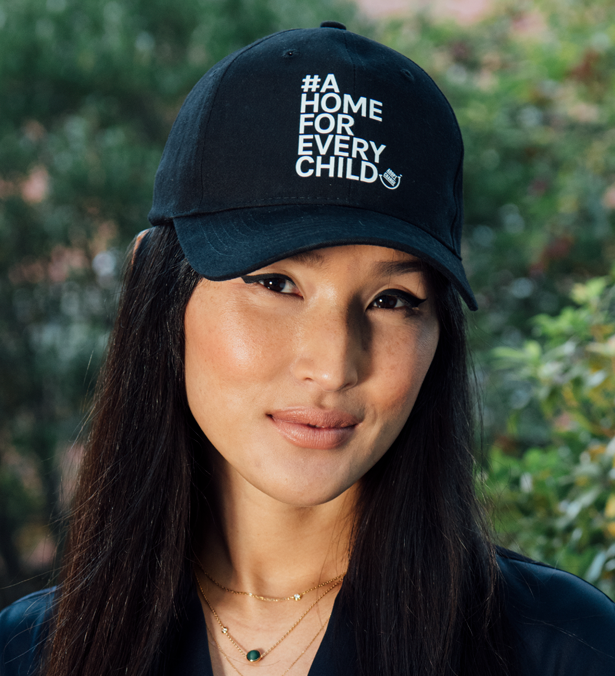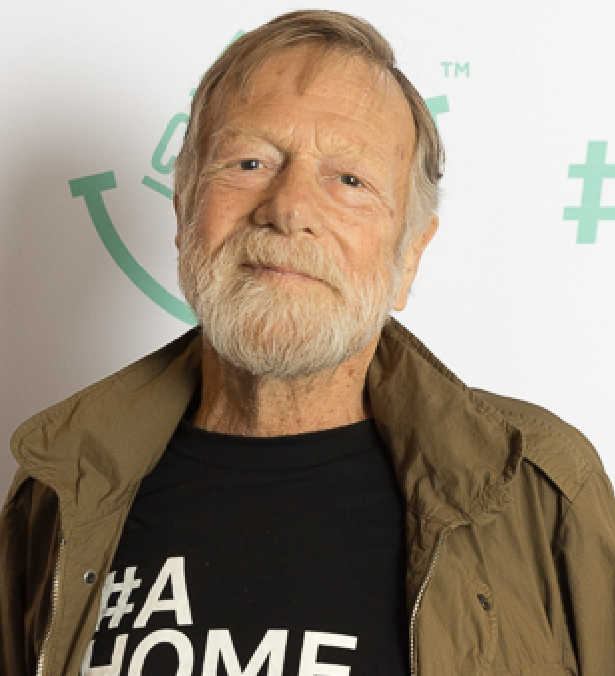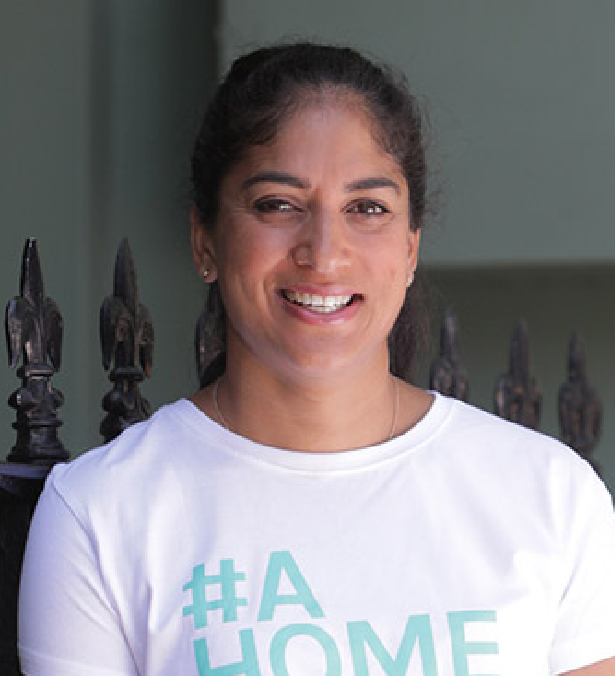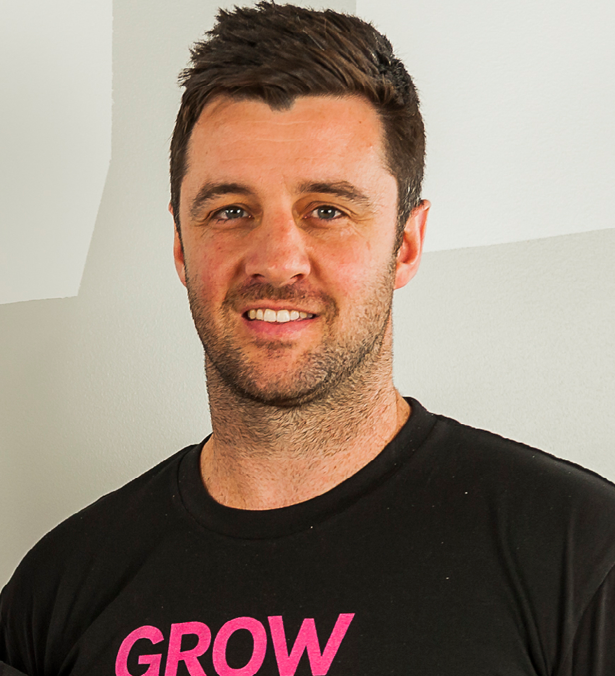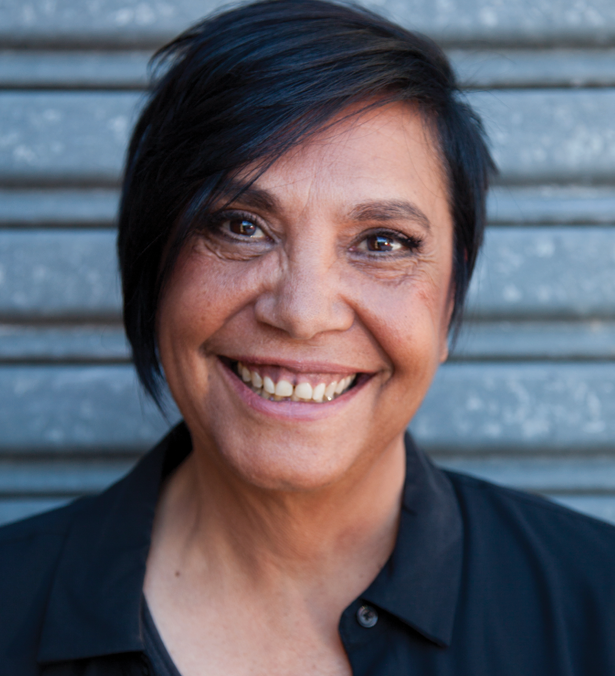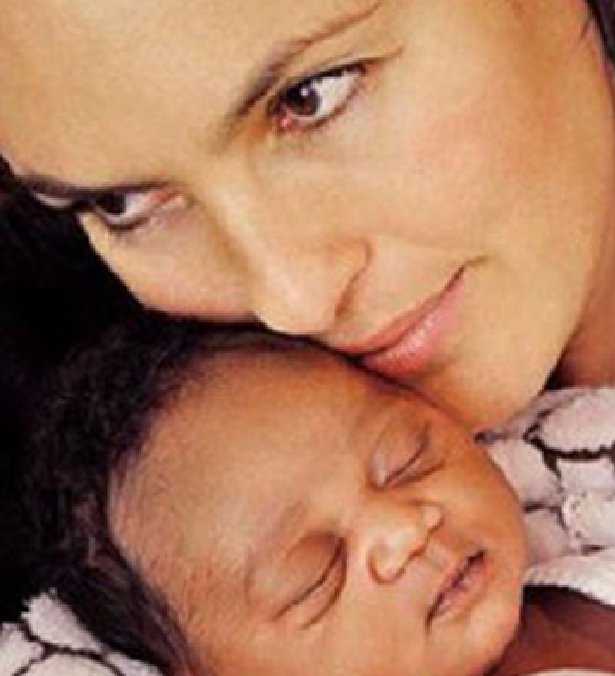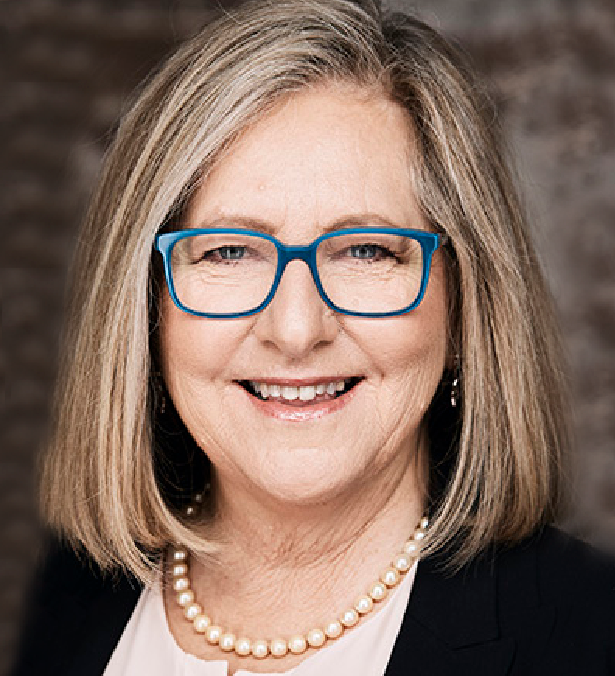ADOPTION AND PERMANENCY
Where to Start
If you are considering taking on the permanent care of a child (including through adoption), we recommend you first read our information on How Adoption Works In Australia.
As each state has its own legislation, agencies and variables, the next step is to assess the options for providing a permanent home to a child in SA and determine which is right for you.
Currently in SA there are five possible pathways for providing a permanent home for a child:
- Local adoption
- Intercountry adoption
- Adoption from foster care
- Long-term guardianship
- Long-term foster care
Local Adoption
The Department for Child Protection is the government agency responsible for providing adoption services in SA.
DCP does not approve very many people for local adoption, but aims to have a pool of applicants of varying backgrounds and characteristics approved for local adoption to meet the various needs of the children for whom adoption is being considered.
In SA children might have an adoption plan made by the birth parent(s) to place them for adoption; children are usually under the age of one in these cases. The birth parents usually are involved in the selection of adoptive parents for their children.
Intercountry Adoption
DCP also manages the applications and assessments for those applying to adopt children through one of Australia’s intercountry adoption programs.
The role of DCP is to ensure that those applying to adopt children through these programs meet the requirements for adoption, that they have received the appropriate training and information, and to ensure that appropriate post-adoption support is received.
Costs
There are administrative and legal costs relating to a local and intercountry adoption in SA.
Additionally, intercountry adoption involves costs such as air-fares when you travel to meet and bring home your child, and visa and immigration fees.
For both local and intercountry adoption you should also factor in the time you will spend away from the workforce in order to support, and form a relationship with, your adopted child when they return home with you.
More information about adoption can be found in here.
Criteria
To adopt a child in SA you must be at least 18 years of age, resident or domiciled in SA, and meet legislated eligibility criteria for adoption applicants.
If you wish to be approved for intercountry adoption you will need to indicate which country you are applying to and meet the eligibility requirements for that country as well as the requirements for SA.
Information about the various intercountry adoption programs and criteria can be found on the Intercountry Adoption Australia website.
Applying to Adopt a Child – Local
In SA the process for applying to adopt a local child has 4 stages including:
- initial screening and expression of interest
- application and assessment
- allocation and placement
- after the adoption order.
You can find out more information about the stages here.
Applying to Adopt a Child – Intercountry
In SA there are 5 stages in an overseas adoption process including:
- attending information sessions and expressing your interest
- assessment and registration as prospective adoptive parents
- application to the overseas country
- matching and placement of a child
- post-adoption supervision, case work and support.
You can find out more information about the stages here.
Approval
For both local and intercountry adoption, the final decision about your suitability to adopt is made by the Supervisor of Adoption Services. If you are approved, you will be considered a ‘prospective adoptive parent’.
Intercountry adoption applicants’ approved assessment reports will be forwarded to the overseas adoption program for consideration, and the final decision as to whether your application is approved is made by the overseas adoption authority.
Permanency Planning
The Department for Child Protection in South Australia has committed to permanency planning as a key part of their practice approach. Permanency Planning is described as ‘a timely, goal-directed approach to case planning to promote safety, stability and a sense of belonging for all children and young people’.
In SA permanency planning is:
- considered from the first contact with the family;
- to support children to develop secure attachment relationships with their caregivers through enduring care arrangements;
- prioritised so that decisions regarding the care of children must be timely to promote permanence and stability;
- considered from the point of placement in care for all children and young people to reduce short-term and multiple placements;
- for Aboriginal children and young people, permanency may be provided by multiple attachments and connections with caregivers and relationships within extended family, and kinship and community networks.
You can read more about the practice approach in South Australia here.
Please note that adoption is not usually considered suitable for Aboriginal and Torres Strait Islander children (refer to the Placement Principle). Guardianship is the preferred permanency pathway for Indigenous children. If Guardianship is not possible or suitable, then long-term foster care will usually be considered next rather than adoption.
If you are already a Foster Parent/Carer your Case Manager/Social Worker or other qualified person should discuss in detail the pros and cons of adoption, Guardianship and long-term foster care for your family. The following information provides an overview in summary.
Guardianship
Under a Guardianship order, a child or young person is not in foster care or out of home care, but in the independent care of their guardian.
A Guardianship order means that the carer is the lawful guardian of the child or young person to the exclusion of the rights of any other person.
A guardian is a person who provides a caring, safe home for a child or young person until they turn 18 years old. Guardians have full care and responsibility for a child or young person in their care. The Children’s Court can make a guardianship order for a child or young person who needs care and protection or who is currently in out-of-home care.
Criteria
Guardianship is for a relative or kinship carer (or sometimes an authorised foster carer), who is considering seeking long-term full parental responsibility for a child or young person. Under a guardianship order, a guardian takes on full parental responsibility of the child or young person, making all decisions about their care until they reach 18 years of age. It is worth noting that many states are now extending the leaving care age until 21. Given this, we anticipate that guardianship orders will now also extend to 21 but you should seek specific guidance from your case worker about this.
A guardian can be a relative or kinship carer, a family friend or an authorised carer who has an established and positive relationship with the child or young person. For Aboriginal children and young people, guardians who are not relatives or kin should be Aboriginal people in order to be considered ‘suitable persons’.
Applying to become a Guardian
Anyone wanting to become a guardian will go through a detailed review and assessment process. This includes seeking the views of the child or young person, their family and their carer. Children or young people aged 12 years or older must give their written consent to a guardianship order being made, where they are capable of doing so.
The Children’s Court makes the final decision about a guardianship order being made and will take into account the child’s best interests in making a decision about the child’s future.
Carer Adoption
If a child has lived with a carer for an extended period of time and restoration to their birth family or Guardianship to a member of their extended family is not considered appropriate, the Foster Parent/Carer may be able to apply to adopt the child in their care. In SA there are no specific rules on how long a child has to have been living in your care in order for adoption to be possible. It is anticipated that in 2021, South Australia will release a new policy on adopting a child from care which will provide more guidance on this topic.
As with Guardianship, the views of the child or young person will be taken into consideration. Children or young people aged over 5 years will be interviewed (not in the presence of the prospective adoptive parent) to determine the child’s opinion on the proposed adoption (unless the child is considered intellectually incapable of giving their opinion).
Applying
Foster Parents/Carers should let their Case Manager know that they wish to adopt.
Applicants should be aware that even for existing Foster Parents/Carers the assessment process is still rigorous and can be lengthy.
You can find out more information about the stages involved in local adoption here.
Long-term Foster Care
Permanency Planning is an important element of the DCP Practice Approach (this document explaining intervention and practice principles can be found here).
For Aboriginal and Torres Strait Islander children, the placement principles prioritise placements within family, community or with other indigenous carers but in some instances long-term non-indigenous foster carers will still be needed.
To apply to become a foster carer in SA you can be single, married, in a defacto relationship or same-sex relationship. To be eligible you must be:
- ideally over the age of 25
- an Australian citizen or permanent resident
- live or intending to live in SA
- in good health
- without a serious criminal record
Applying to become a foster carer
The Department’s website has information about becoming a carer including on information sessions, foster care agencies and the application process. They have also established a recruitment quiz.
Responsibility for the application process has been transferred to non-government foster care agencies. You can find a list of these agencies on the Adopt Change SA Agencies website.
The Department is always in need of carers:
- who can offer emergency care or short-term care
- to care for Aboriginal children
- to care for children with a disability
- to care for sibling groups (two or more children and/or young people).
As with Guardianship and Adoption, applicants must submit an expression of interest, go through a detailed assessment process, and attend pre-approval training.



